Barium Hydroxide 8 hydrate
Barium hydroxide, with the chemical formula Ba(OH)2text{Ba(OH)}_2Ba(OH)2, is an inorganic compound that is used in various applications. Here’s a detailed overview:
Properties
- Appearance: White crystalline solid.
- Solubility: Moderately soluble in water, forming a strongly alkaline solution.
- Molecular Weight: 171.34 g/mol.
- Density: Approximately 2.18 g/cm³.
- Melting Point: 78 °C (anhydrous form); decomposes in water to form barium oxide and water.
Chemical Behavior
- Basicity: Barium hydroxide is a strong base and dissociates completely in water to form barium ions (Ba2+text{Ba}^{2+}Ba2+) and hydroxide ions (OH−text{OH}^-OH−).
- Reaction with Acids: Reacts with acids to form barium salts and water. For example: Ba(OH)2+2HCl→BaCl2+2H2Otext{Ba(OH)}_2 + 2text{HCl} rightarrow text{BaCl}_2 + 2text{H}_2text{O}Ba(OH)2+2HCl→BaCl2+2H2O
- Hydrate Forms: Often found as the octahydrate (Ba(OH)2⋅8H2Otext{Ba(OH)}_2 cdot 8text{H}_2text{O}Ba(OH)2⋅8H2O).
SKU:
ACS44829CHEM0
Category: Analytical Reagents
Description
Uses of Barium Hydroxide
1. Titration
- Acid-Base Titrations: Barium hydroxide is often used as a titrant in acid-base titrations. It serves as a strong base to titrate weak or strong acids. Its high solubility and complete dissociation in water make it ideal for this purpose.
2. Chemical Synthesis
- Preparation of Barium Salts: Barium hydroxide is used to synthesize various barium salts by reacting with corresponding acids. For instance, reacting barium hydroxide with sulfuric acid yields barium sulfate, a key compound in qualitative inorganic analysis: Ba(OH)2+H2SO4→BaSO4↓+2H2Otext{Ba(OH)}_2 + text{H}_2text{SO}_4 rightarrow text{BaSO}_4 downarrow + 2text{H}_2text{O}Ba(OH)2+H2SO4→BaSO4↓+2H2O
3. Qualitative Inorganic Analysis
- Testing for Sulfate Ions: In qualitative analysis, barium hydroxide is used to test for the presence of sulfate ions (SO42−text{SO}_4^{2-}SO42−) in a solution. When barium hydroxide is added to a solution containing sulfate ions, a white precipitate of barium sulfate forms: Ba2++SO42−→BaSO4↓text{Ba}^{2+} + text{SO}_4^{2-} rightarrow text{BaSO}_4 downarrowBa2++SO42−→BaSO4↓
4. Precipitation Reactions
- Removal of Sulfates and Carbonates: In analytical procedures, barium hydroxide can be used to precipitate sulfate and carbonate ions from solutions, aiding in their removal or quantitative analysis.
5. pH Adjustment
- Buffer Solutions: Barium hydroxide is used to adjust the pH of buffer solutions. Its strong basicity helps in maintaining the desired pH levels in various experimental setups.
6. Dehydrating Agent
- Removal of Moisture: In some laboratory processes, barium hydroxide is used to remove moisture from organic solvents and other materials due to its hygroscopic nature.
7. Chemical Reactions and Catalysis
- Reagent in Organic Synthesis: It can be used as a base in organic synthesis reactions, such as the formation of enolates, aldol reactions, and other base-catalyzed reactions.
- Catalyst: Barium hydroxide can act as a catalyst in certain chemical reactions, promoting faster reaction rates and better yields.
Reviews (0)
Be the first to review “Barium Hydroxide 8 hydrate” Cancel reply
Shipping & Delivery
You may also like…
Anhydrous Barium Chloride 500gm
Barium Nitrate 500gm
Related products
Acetaldehyde
Acetaldehyde is a simple organic compound with the chemical formula CH3CHO. It is a colorless liquid with a pungent, fruity odor. Here are some key points about acetaldehyde:
- Chemical Structure: Acetaldehyde consists of two carbon atoms, one oxygen atom, and four hydrogen atoms. Its structure is CH3CHO, where the carbon atom in the middle is doubly bonded to an oxygen atom and singly bonded to a hydrogen atom and a methyl group (CH3).
- Occurrence: Acetaldehyde can be found naturally in various ripe fruits, coffee, and heated milk. It is also produced by the oxidation of ethanol (alcohol) by enzymes in the liver and other tissues in humans, making it an intermediate product in alcohol metabolism.
Acetic Acid 2.5litre
Acetic acid is an organic acid with the chemical formula CH3COOH, also known as ethanoic acid. It is a colorless liquid with a pungent, sour taste and a distinctive vinegar-like odor. Acetic acid is an important industrial chemical used in the production of various products, including solvents, plastics, textiles, and food additives. It is also the main component of vinegar, which is commonly used as a condiment and preservative in cooking and food preparation.
Agar Agar Powder
Agar agar powder refers to the dehydrated and powdered form of agar agar, a natural gelling agent derived from seaweed. It is made by drying and grinding the agar agar gel, resulting in a fine powder with excellent gelling properties. Agar agar powder is commonly used in cooking, baking, and food preparation as a vegetarian and vegan substitute for gelatin. It is prized for its ability to create firm and stable gels at relatively low concentrations and temperatures. Agar agar powder is versatile and can be used in a variety of recipes, including desserts, confectioneries, jams, jellies, and savory dishes.
Aluminum Carbonate 250g
Aluminum carbonate is a chemical compound with the formula Al2(CO3)3. It is a white, crystalline solid that is insoluble in water. Aluminum carbonate is not commonly encountered in pure form due to its high instability, especially in the presence of water and carbon dioxide. Instead, it tends to decompose into aluminum hydroxide and carbon dioxide when exposed to moisture or acidic conditions.
Aluminum Fine Powder
Ammonia Acetate
Ammonium acetate (NH4C2H3O2) is a chemical compound with various applications and properties. Here are some key points about it:
Properties
- Chemical Formula: NH4C2H3O2
- Molecular Weight: 77.08 g/mol
- Appearance: White, crystalline solid
- Solubility: Highly soluble in water
- Melting Point: Decomposes upon heating
Ammonium Acetate 25kgs
Ammonium acetate is a chemical compound with the formula NH4CH3CO2. It is a white, crystalline solid with a vinegar-like odor. It is commonly used in various laboratory applications, such as in molecular biology and analytical chemistry. It can act as a source of acetate ion in reactions and is often used as a buffer solution in biochemical and molecular biology research. Additionally, it is sometimes used in the manufacture of other chemicals and as a food additive.

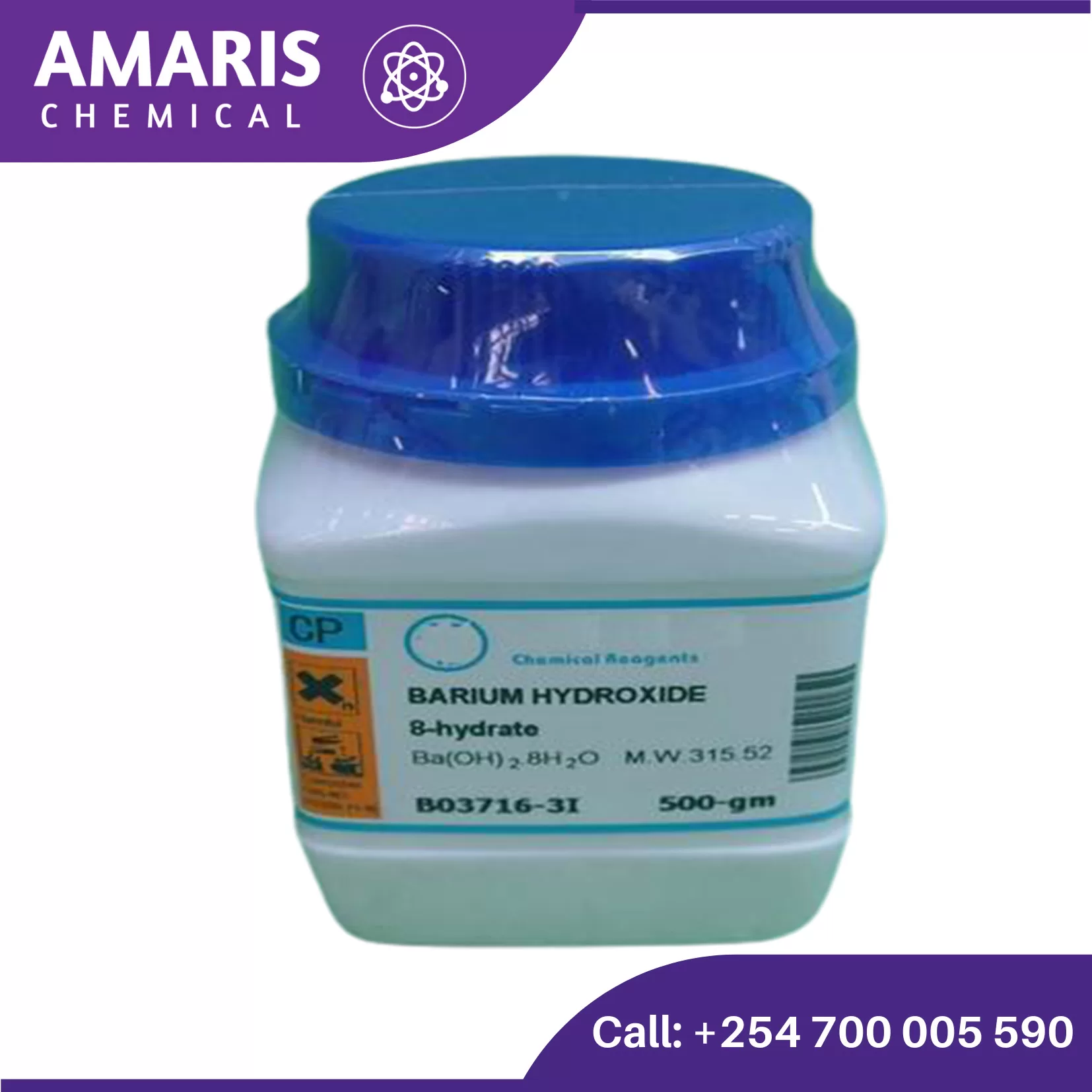
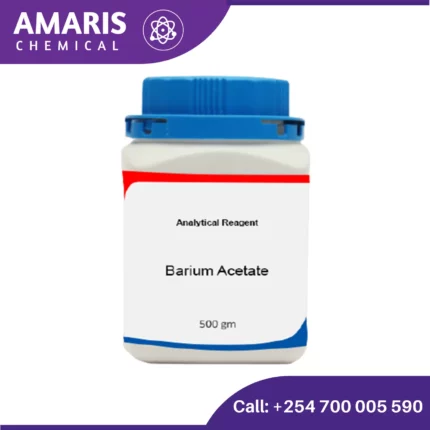
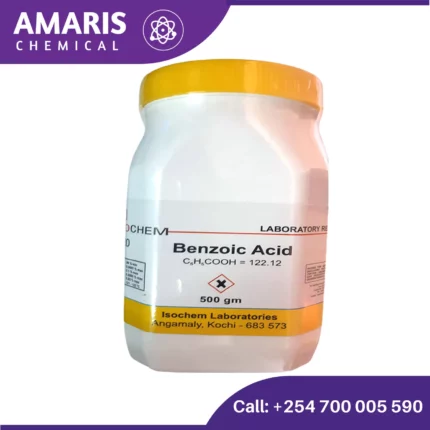
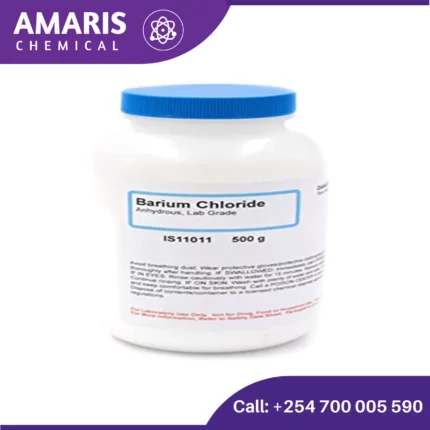
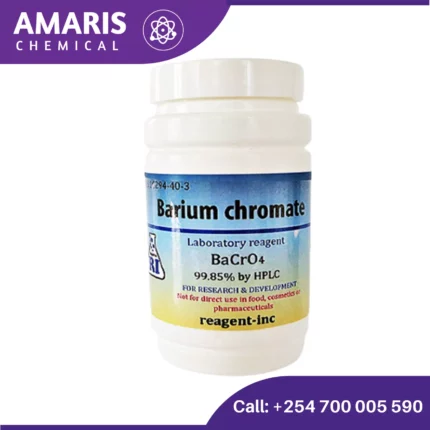
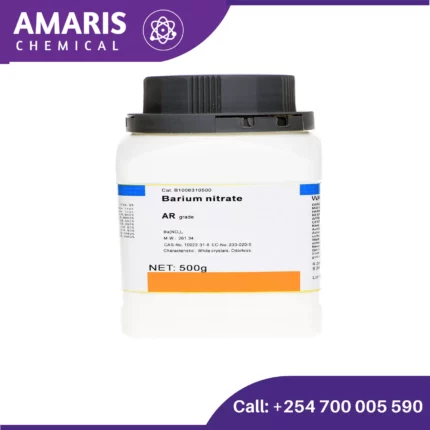
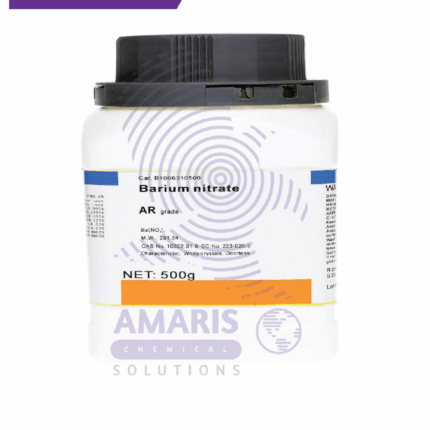

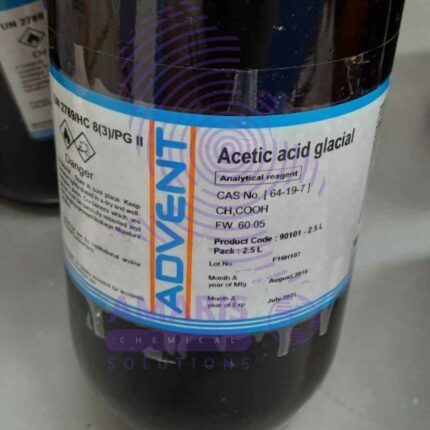
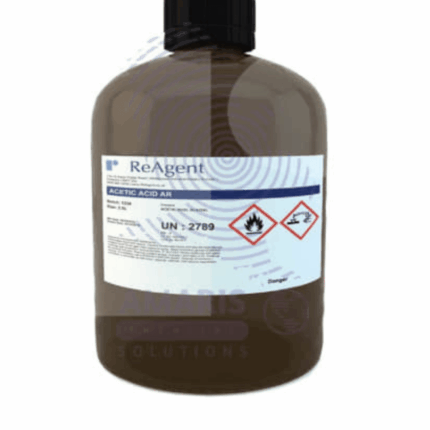

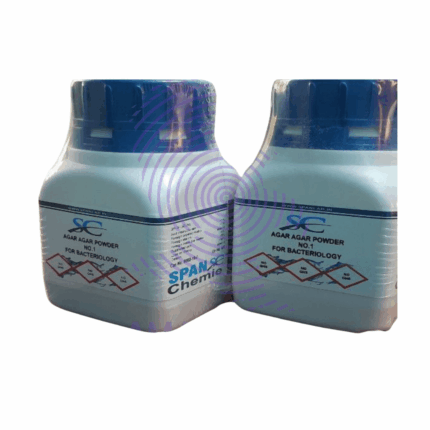
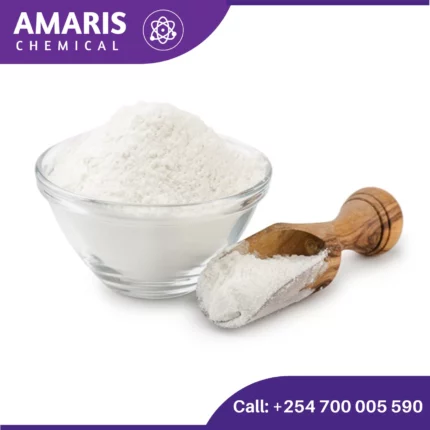

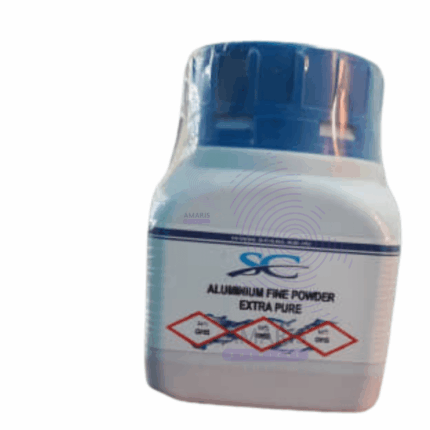
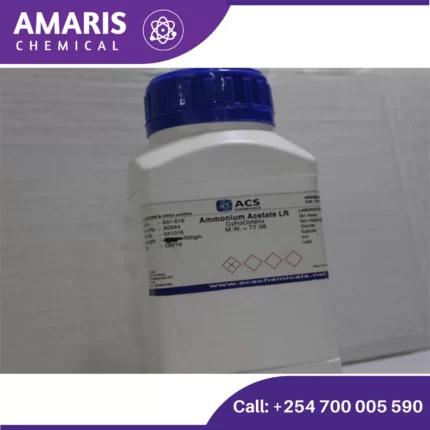

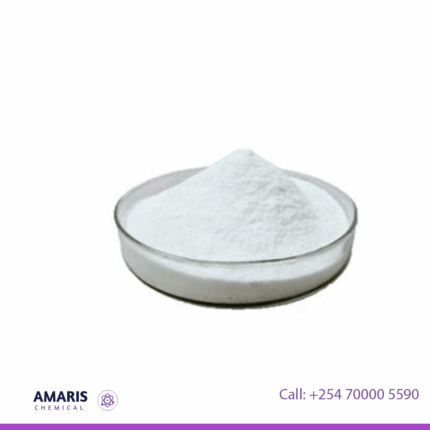







Reviews
There are no reviews yet.